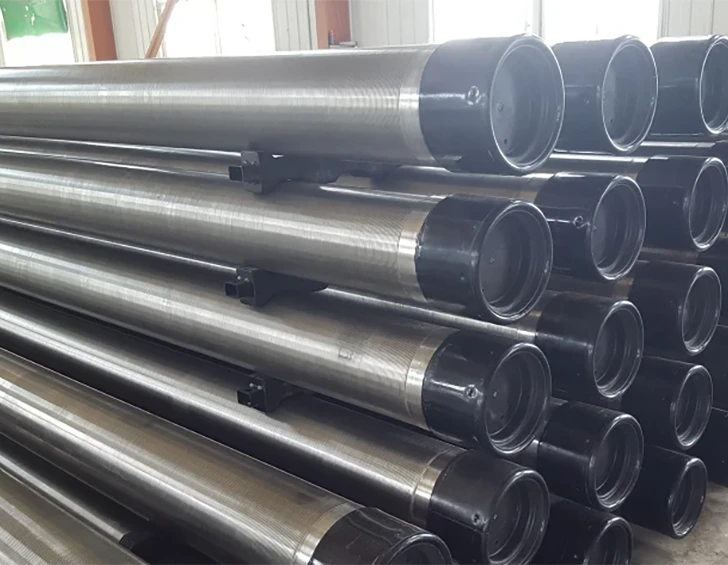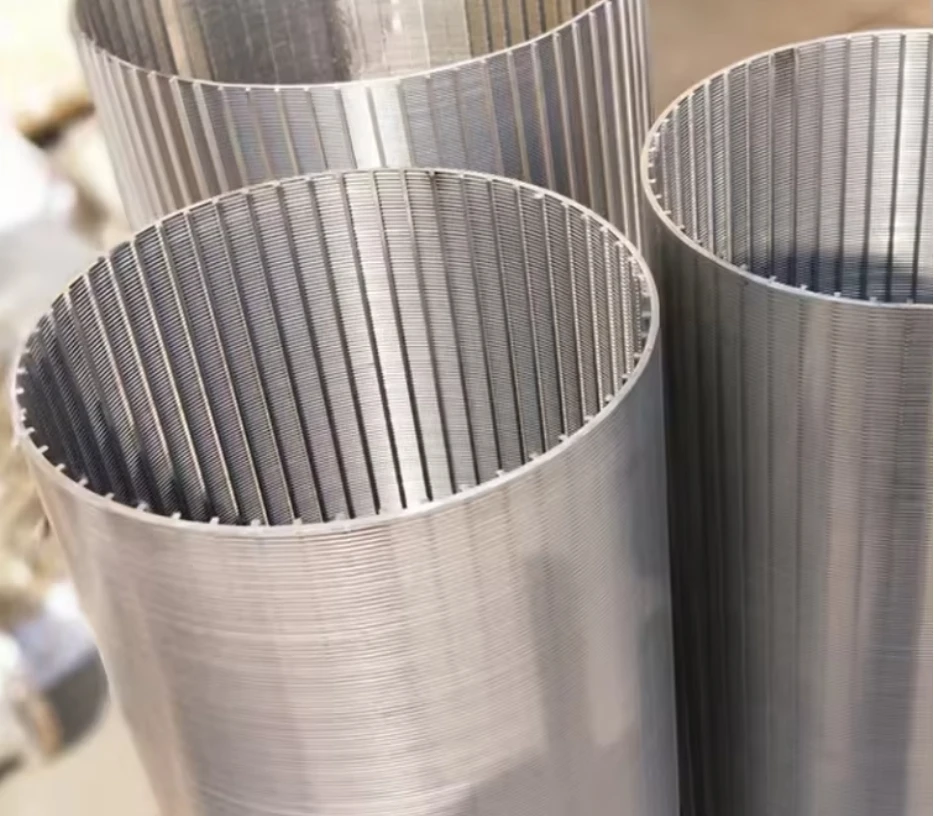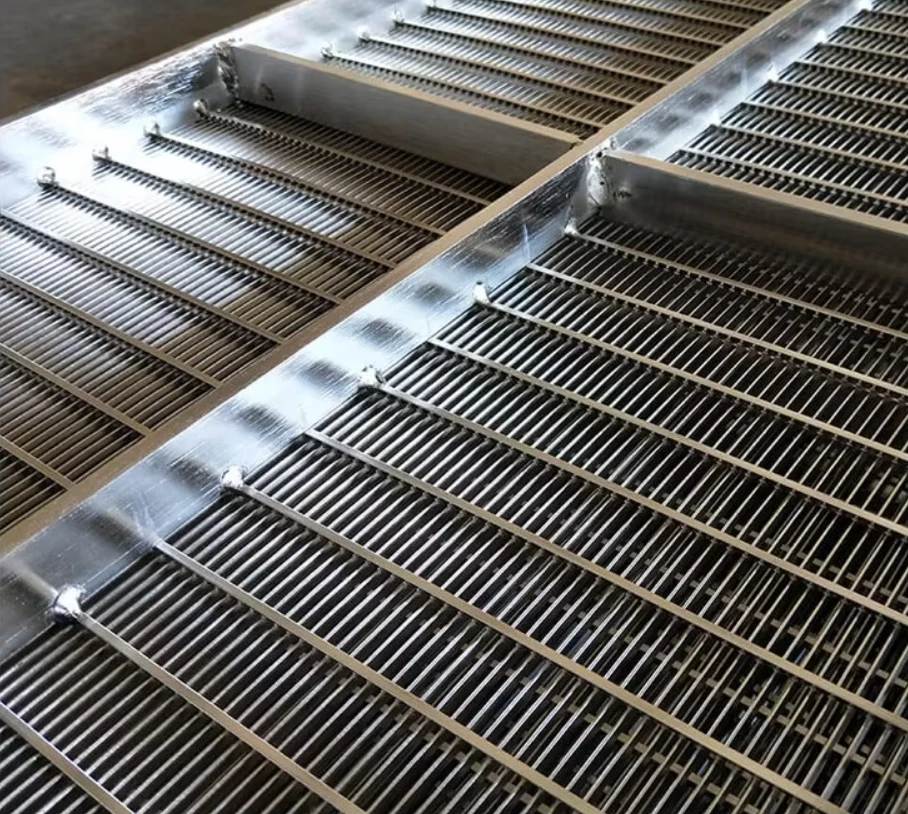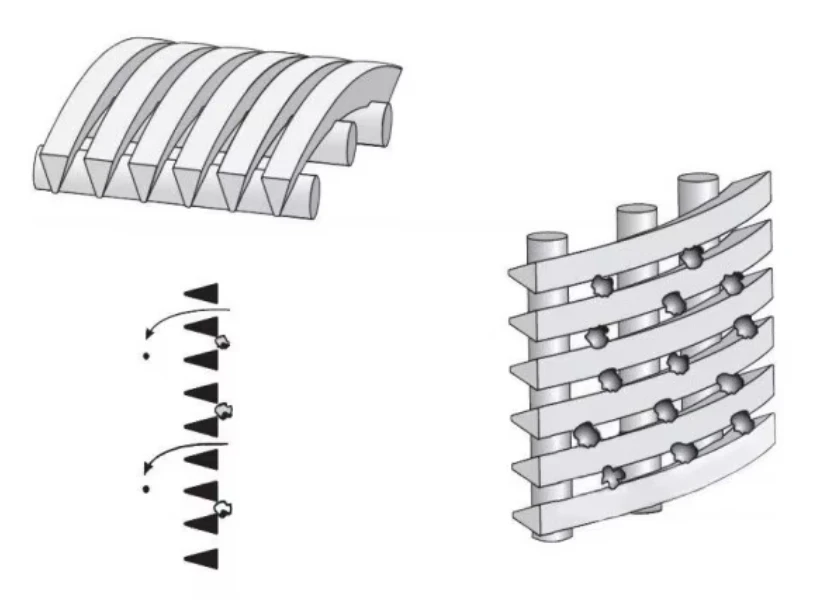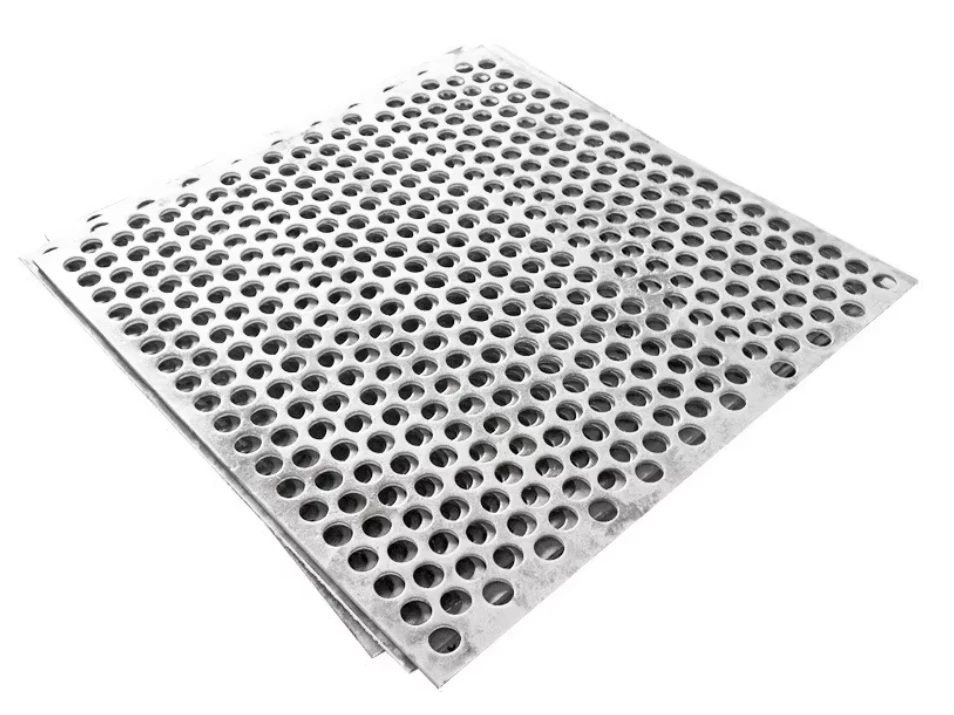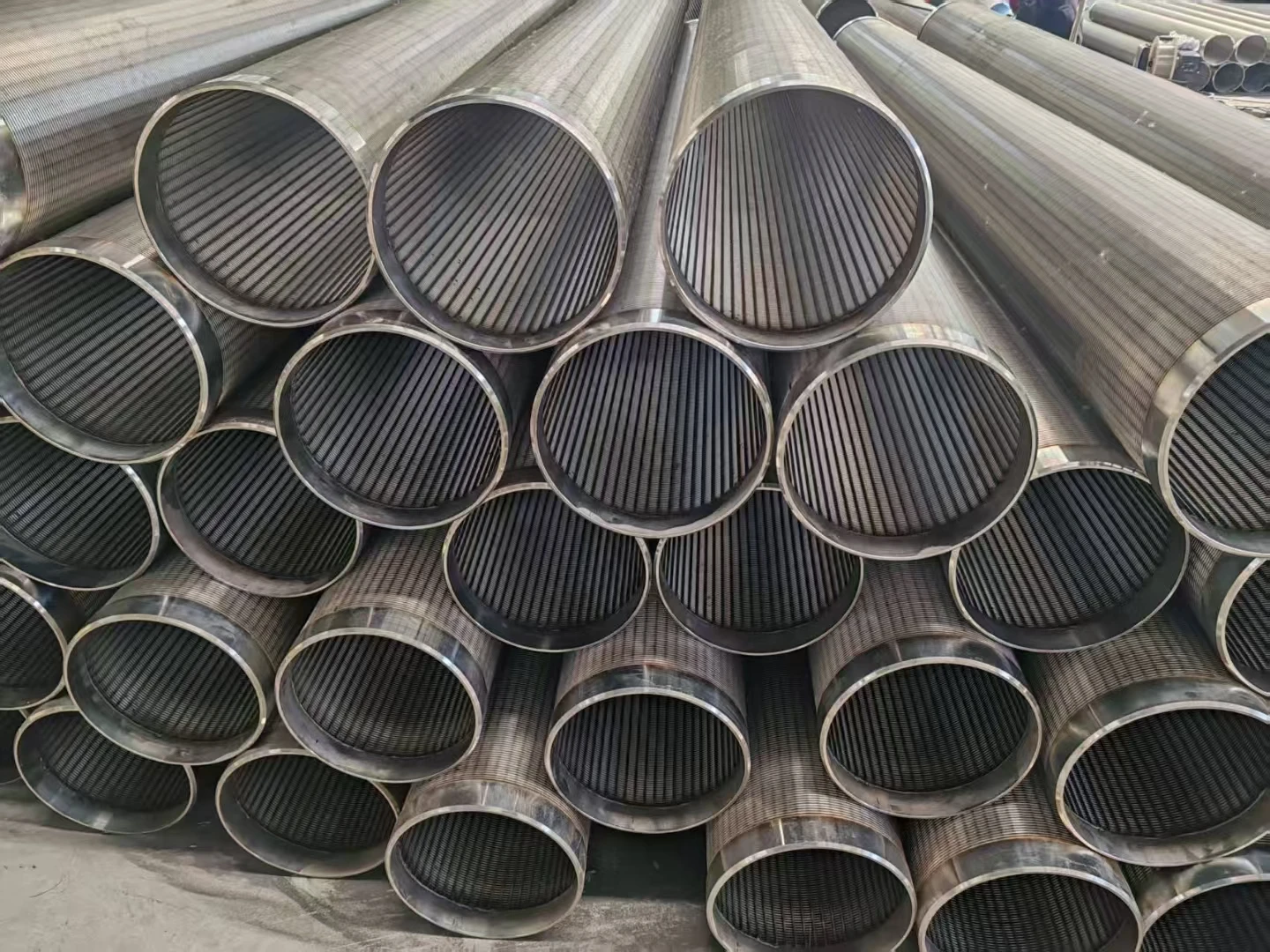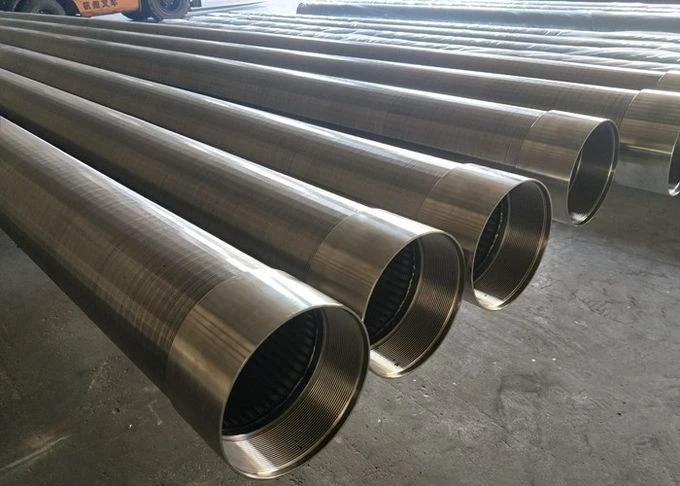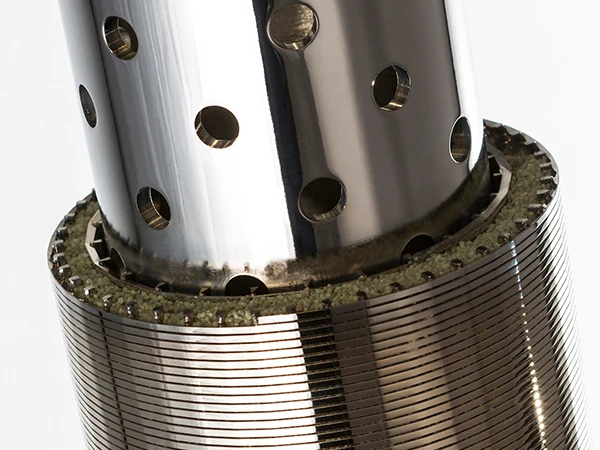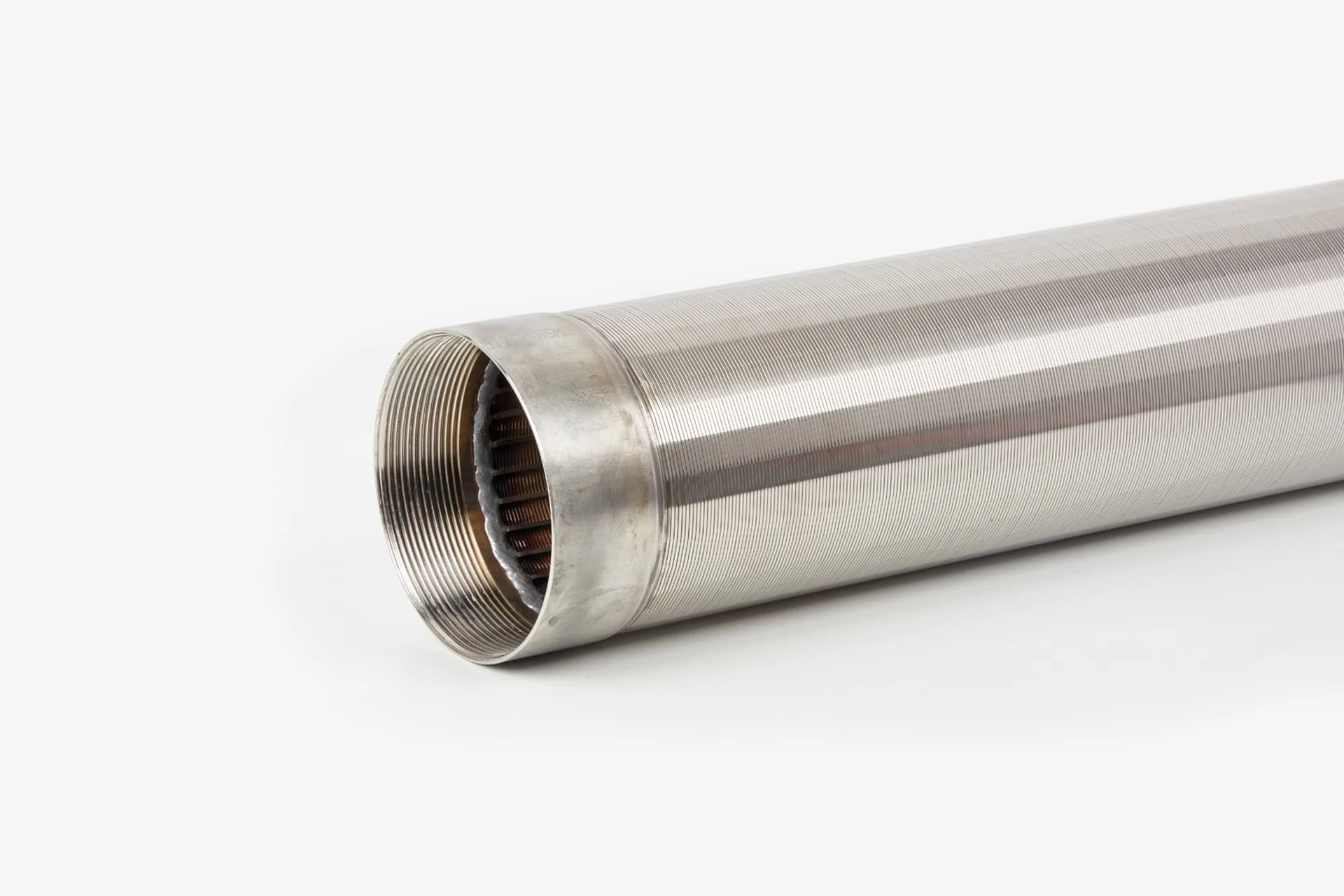- Fundamentals and Industry Challenges of Modern Well Screens
- Technical Breakdown: Comparing Screen Construction Methods
- Performance Metrics of Premium vs. Standard Screen Designs
- Leading Manufacturers Capabilities Overview
- Site-Specific Selection Methodology
- Field Application Scenarios by Industry Sector
- Future-Ready Well Screen Solutions
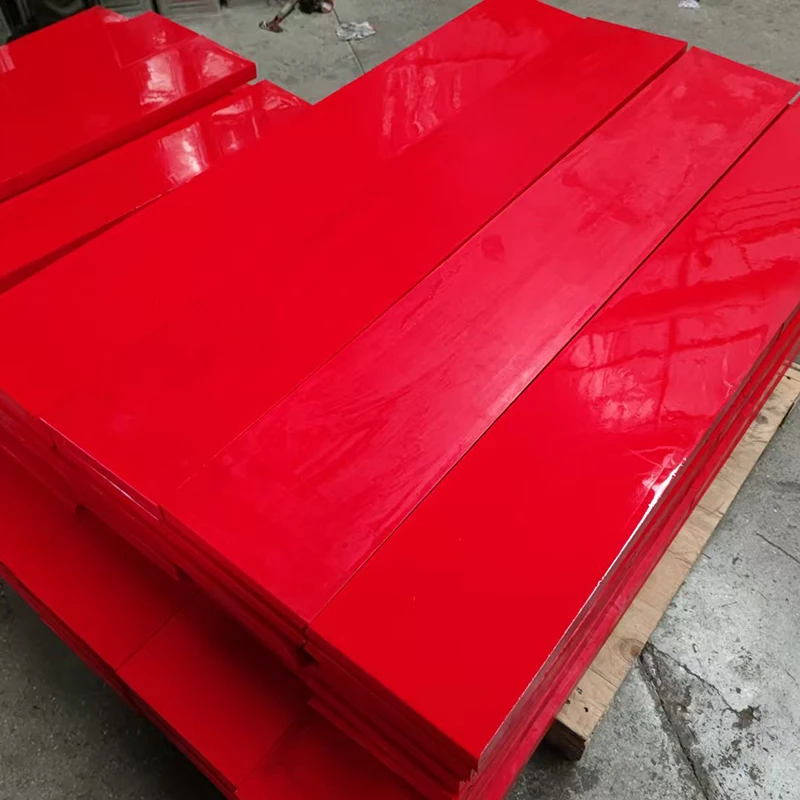
(well screen types)
Critical Factors Behind Well Screen Types Selection
Choosing appropriate well screen types
represents a cornerstone of water resource management, oil extraction, and environmental remediation projects. With groundwater supplying 40% of global irrigation needs and 13,500 new oil wells drilled annually, screen selection directly impacts project longevity and safety. Historically, premature screen failures have caused 23% of well rehabilitation budgets in municipal projects according to NGWA studies. Modern designs now address sand intrusion, chemical corrosion, and biofilm accumulation - three primary failure modes accounting for 78% of maintenance interventions. Geologists increasingly prioritize screen specifications during feasibility studies after EPA research demonstrated optimized screens enhance production rates by 15-30% in heterogeneous aquifers.
Technical Breakdown: Comparing Screen Construction Methods
Slotted pipe screens remain economical for temporary installations, featuring laser-cut openings with 0.5-3mm slot widths. However, continuous slot wire-wrapped designs dominate permanent applications with their V-shaped profile preventing particle lodging. Laboratory testing confirms wire-wrapped configurations maintain 94% permeability after accelerated sediment loading, outperforming slotted pipes by 27%. For challenging environments requiring corrosion resistance, stainless steel screens withstand chloride concentrations up to 50,000 mg/L - double the tolerance of standard carbon steel. Recent innovations include sintered laminate screens where precision-layered wire mesh creates absolute micron ratings from 10-200μm, ideal for silt control in unconsolidated formations.
| Material Type | Max Flow Rate (GPM/ft) | Collapse Pressure (PSI) | Chemical Resistance | Service Life (Years) |
|---|---|---|---|---|
| 316L Stainless Steel | 25 | 1,200 | Excellent | 25+ |
| PVC | 18 | 400 | Good | 15-20 |
| Carbon Steel | 28 | 1,500 | Fair | 10-15 |
| HDPE | 15 | 350 | Excellent | 20+ |
Performance Metrics of Premium vs. Standard Screen Designs
Premium screens with engineered slot patterns demonstrate quantifiable advantages in pump efficiency and maintenance reduction. DOE field data reveals advanced wire-wrapped screens maintain specific capacity values above 90% after five years versus 67% in conventional designs. Bridge slot screens, developed for gravel-packed wells, enable 40% higher flow velocities without sand production in high-yield aquifers. The economic analysis shows $3.50-$8.00 per foot premium screens deliver 5-year cost savings 29% greater than $2.50 per foot alternatives when factoring in maintenance. For geothermal applications requiring thermal cycling resistance, duplex stainless steel screens retain structural integrity across 300°F temperature differentials - a critical threshold where standard materials deform.
Leading Manufacturers Capabilities Overview
Johnson Screens dominates 42% of the global market with their patented V-Wire technology available in diameters from 2"-24". Challenger Well Systems specializes in polymer screens with fiber-reinforced HDPE rated to 500 PSI collapse pressure. For ultra-deep applications, Schlumberger's EverBlue screens incorporate ceramic-metallic composites rated to 20,000 PSI external pressure. Smaller innovators like Filter Innovations focus on niche solutions, including 3D-printed titanium screens for acidizing operations requiring pH resistance below 2.0. Each manufacturer typically provides formation-specific technical packages with custom slotting algorithms based on particle size distribution curves rather than standard sieve analyses.
Site-Specific Selection Methodology
Optimal screen selection follows a geological decision matrix considering seven parameters. Engineers first analyze grain size distribution through sieve tests, then determine slot size using 40-70% retention criteria. For unconsolidated sands with uniformity coefficients exceeding 4.0, prepacked screens with dual-filter layers become essential. In coastal aquifers with brackish water, materials undergo electrochemical testing to determine pitting resistance equivalent numbers (PREN). The charting process includes:
- Aquifer coring and particle size distribution analysis
- Hydraulic conductivity modeling for screen velocity targets
- Water chemistry compatibility verification
- Structural load calculations during installation/operation
- Service life validation through accelerated corrosion testing
Recent case studies show customized screen designs reduced non-productive time by 33% in Permian Basin shale operations.
Field Application Scenarios by Industry Sector
Municipal Water Supply: Denver Water's 2022 well rehabilitation project utilized 316L stainless steel wire-wrap screens with 0.6mm slots, increasing specific capacity from 45 to 68 GPM/ft while eliminating sand pumping issues that previously required quarterly maintenance.
Hydrocarbon Extraction: A Permian Basin operator deployed laser-cut precision slots with erosion-resistant hardening in unconventional wells, decreasing workover frequency from eighteen to nine months despite increasing flow rates by 22%.
Environmental Remediation: At a Superfund site with chlorinated solvents, engineers installed PTFE-coated screens handling pH levels from 2-12 during chemical oxidation treatments while resisting biofouling through antimicrobial additives.
Future-Ready Well Screen Solutions
Continuous advancement defines modern well screen technology development. Sensor-integrated designs now transmit real-time performance data through SCADA systems, identifying 87% of clogging issues before pump efficiency declines according to field validation tests. For geothermal applications exceeding 300°F, research institutions are testing silicon carbide composites with dissolution rates 92% lower than conventional alloys. The emergence of AI-powered selection platforms analyzes geological data against 2,500 material specifications to generate optimized screen configurations within five hours - a process previously requiring two weeks. These innovations collectively enhance the reliability of subsurface filtration across energy, water, and environmental sectors while establishing new durability benchmarks for types of well screens.
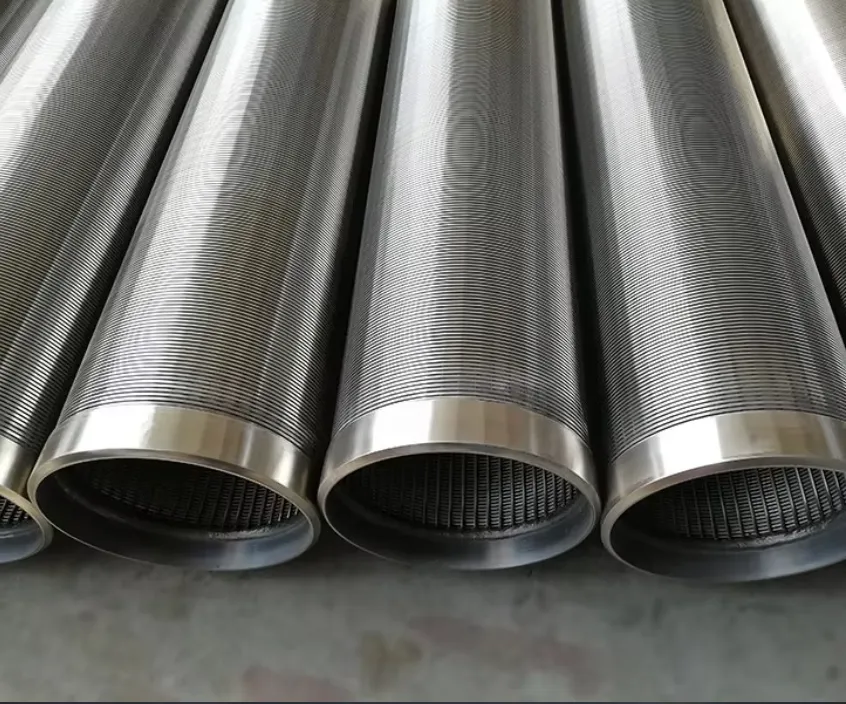
(well screen types)
FAQS on well screen types
Q: What are the main types of well screens used in groundwater wells?
A: The four primary types are continuous slot, slotted pipe, louvered, and perforated casing screens. Continuous slot (wire-wrapped) screens offer high open area for maximum flow, while slotted pipes provide economical perforated designs. Each type serves distinct hydrological and geological applications based on sediment size and well purpose.
Q: How do continuous slot well screens differ from slotted pipe designs?
A: Continuous slot screens feature precision-wrapped wire around vertical rods to create uniform openings, providing superior flow and sand control. Slotted pipe designs use laser-cut or milled openings directly on casing pipes, offering cost-effective but less consistent slot geometry. The choice depends on sediment size and required durability.
Q: What factors determine the selection of well screen types?
A: Key factors include aquifer characteristics (grain size, sediment uniformity), corrosiveness of groundwater, desired service life, and project budget. Slot size must match soil gradation to prevent sand intrusion while optimizing flow capacity. Material selection also critically impacts longevity - PVC, steel or stainless steel each have distinct corrosion resistance.
Q: When are louvered well screens preferred over other types?
A: Louvered screens excel in coarse-grained aquifers requiring high-flow efficiency with robust mechanical strength. Their downward-facing angled louvers provide excellent anti-clogging properties while protecting slot integrity during installation. These metal screens outperform basic slotted pipes in demanding environments needing sustained high-yield performance.
Q: Can well screen types be combined in multi-level monitoring wells?
A: Yes, hybrid installations often combine different screen types across distinct aquifer zones. Continuous slot screens typically isolate target zones while slotted pipes serve as economical blank casing sections. This configuration optimizes both cost and technical performance when sampling multiple groundwater layers with varying sediment conditions.

